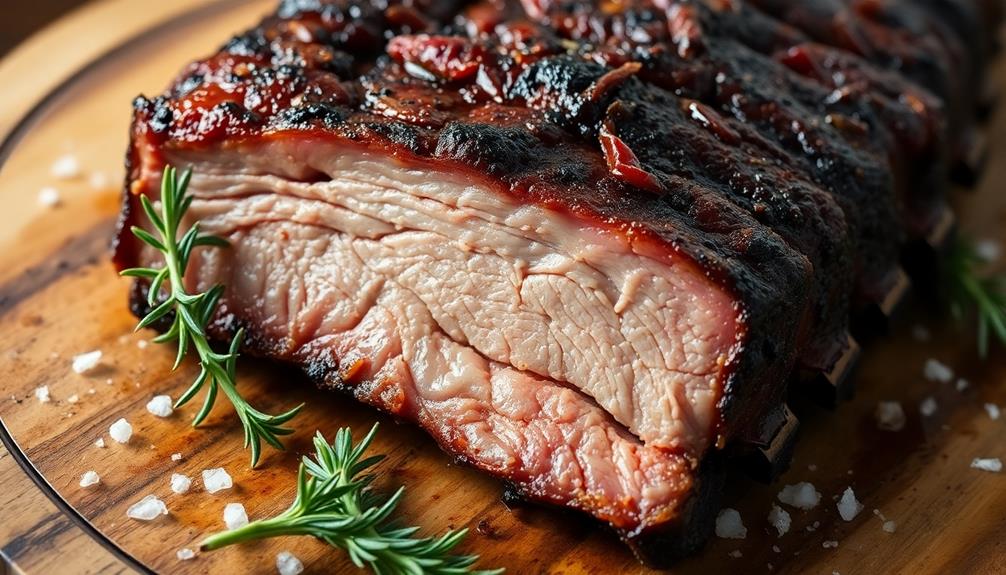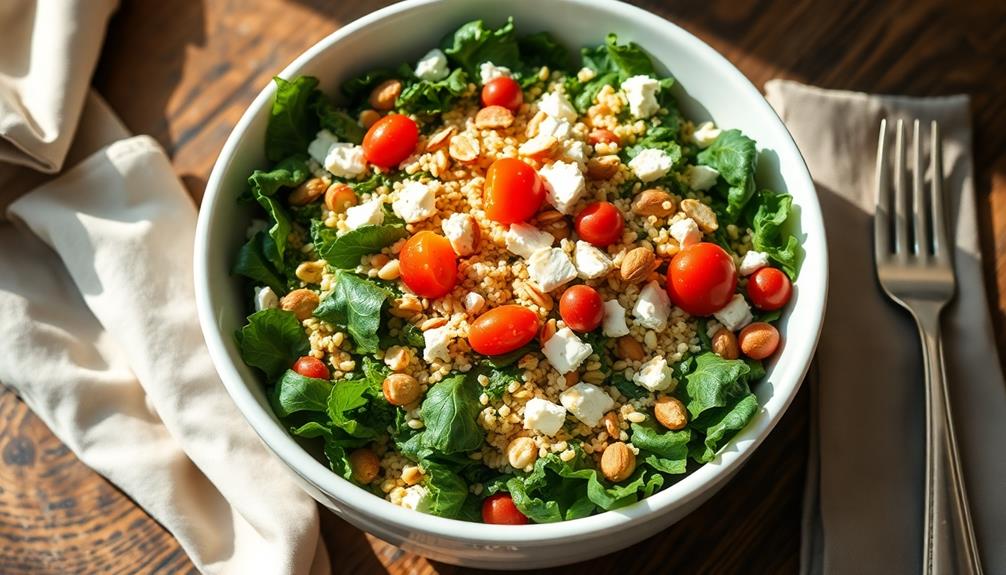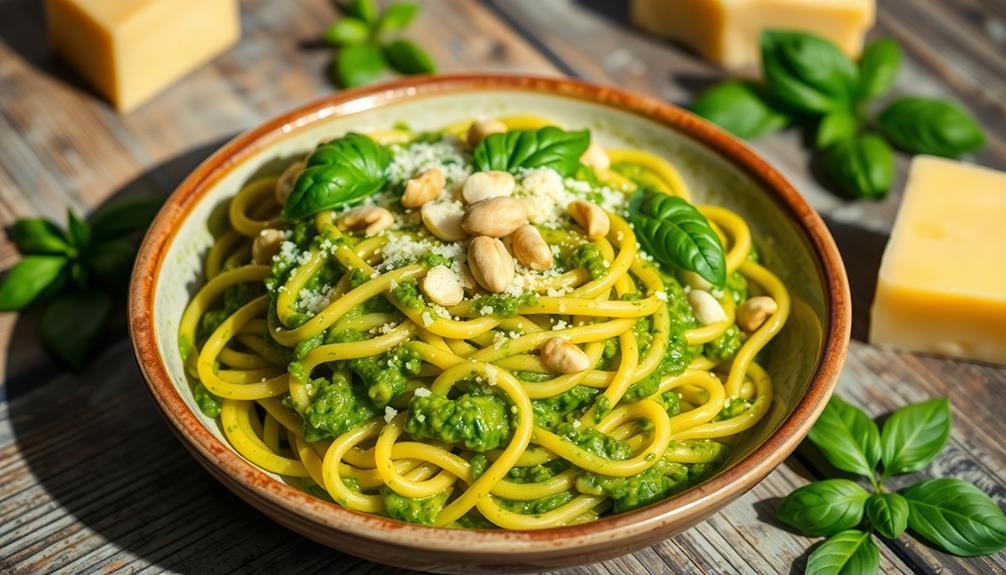Yearning to indulge in rich, smoky barbecue flavors at home? You're in luck – smoking meats is a delectable hobby that's easier than it may seem! This handy beginner's guide will walk you through the essentials, from selecting the perfect wood chips to monitoring temperatures for mouthwatering results. You'll discover how to transform ordinary cuts of meat into extraordinary culinary creations that'll have your friends and family raving. With a little patience and attention to detail, you'll be whipping up finger-licking good smoked meats in no time. Just wait until you experience the aroma wafting through your kitchen – your taste buds are in for a real treat!
Key Takeaways
- Understand the history and cultural significance of smoking meats, which has been a preservation method for centuries and a tradition in the American South.
- Familiarize with the essential equipment, ingredients, and techniques required for successful home smoking, including temperature control, smoke levels, and proper preparation.
- Learn the crucial steps for smoking meats, such as choosing the right wood, preparing the smoking chamber, applying rubs or marinades, and monitoring the temperature.
- Discover tips and techniques to perfect the art of smoking, including using a meat thermometer, avoiding frequent lid lifting, and experimenting with different wood chip flavors.
- Emphasize the importance of food safety, proper handling, and presentation to ensure a memorable and enjoyable dining experience when serving smoked meats.
History
Smoking meat has been a time-honored tradition for centuries. Early humans discovered that preserving meat over a smoky fire kept it fresh and tasty for much longer. As civilizations grew, people perfected the art of smoking, using different wood chips and techniques to create unique flavors.
In the American South, smoking meats became a beloved part of the culture. Families would gather around the smoker, swapping stories and enjoying the mouthwatering aromas. Pit masters honed their skills, passing down their secrets from generation to generation.
Barbecue contests and festivals emerged, celebrating the rich history and diversity of smoked meats.
Today, the art of smoking continues to captivate home cooks and professional chefs alike. Whether you're perfecting your brisket or experimenting with new recipes, the joy of smoking meats connects you to a centuries-old tradition of delicious discovery.
Recipe
Smoking meats at home can be a rewarding and delicious way to prepare a variety of proteins. The process of slow-cooking meats over low heat and wood smoke infuses the meat with a rich, complex flavor that simply can't be replicated any other way.
Whether you're looking to create classic barbecue fare or more unique smoked specialties, mastering the art of home smoking is a valuable culinary skill.
The key to successful home smoking lies in controlling the temperature and smoke levels throughout the cooking process. This requires patience and attention to detail, but the end results are well worth the effort.
With the right equipment and techniques, you can produce mouthwatering smoked meats that will impress your guests and satisfy your cravings.
Ingredients:
- 3-4 lbs pork shoulder or beef brisket
- 1/4 cup kosher salt
- 2 tbsp brown sugar
- 1 tbsp smoked paprika
- 1 tsp garlic powder
- 1 tsp onion powder
- 1 tsp black pepper
- 2-3 cups wood chips (such as hickory, oak, or mesquite)
Cooking Instructions:
Combine the salt, brown sugar, paprika, garlic powder, onion powder, and black pepper in a small bowl. Rub the seasoning mixture evenly over the entire surface of the meat. After seasoning the meat, cover and refrigerate it for at least 4 hours, or overnight if possible. This will allow the flavors to infuse into the meat and create a more flavorful dish. If you’re looking for a delicious way to use this seasoned meat, consider using it in a Vietnamese pâté recipe for a unique and tasty dish.
Cover and refrigerate for at least 2 hours, or up to 24 hours. Soak the wood chips in water for at least 30 minutes.
Set up your smoker or grill for indirect heat, maintaining a temperature between 225°F and 250°F. Add the soaked wood chips to the heat source.
Place the meat on the grate, close the lid, and smoke for 6-8 hours, or until the meat reaches an internal temperature of 195°F. Allow the meat to rest for 30 minutes before slicing or pulling.
Tips:
For best results, use a meat thermometer to monitor the internal temperature of the meat throughout the smoking process.
Avoid lifting the lid or peeking too frequently, as this can release valuable smoke and heat.
Experiment with different wood chip flavors to find your perfect combination.
Serve the smoked meat with your favorite barbecue sauces, pickles, and sides for a truly mouthwatering feast.
Cooking Steps
Start by choosing the right wood for the job – hickory, oak, or apple all make great smoky flavors.
Next, prepare your smoking chamber by getting the temperature just right.
Then, add a tasty rub or marinade to really make those meats shine.
Remember to keep a close eye on the temperature as you smoke, and you'll be enjoying your delicious smoked creations in no time!
Step 1. Choose the Right Wood
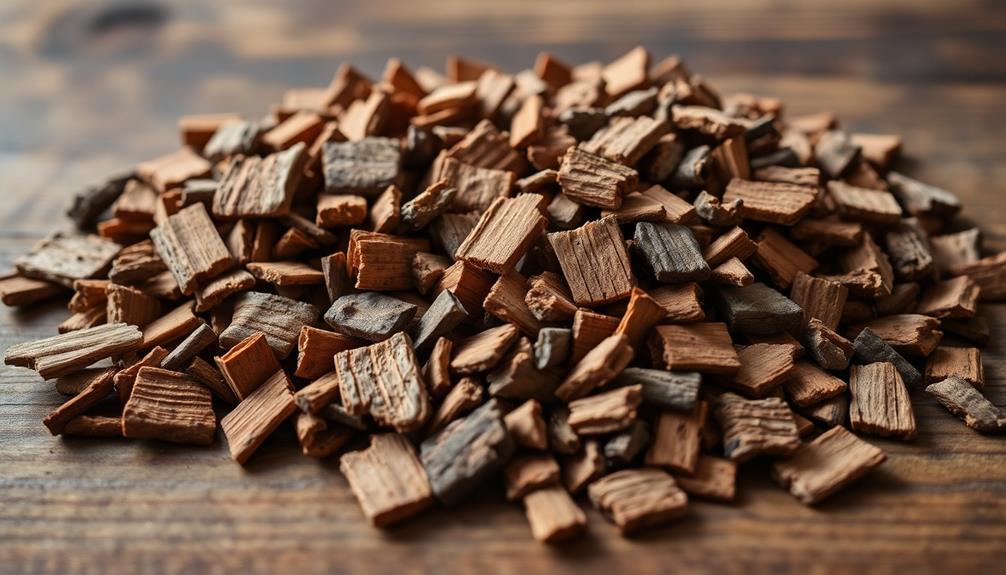
When selecting the right wood for smoking meats, you'll want to consider the flavors and aromas each type imparts.
Hickory is a classic choice, offering a robust, smoky taste that pairs perfectly with pork and beef. Mesquite, on the other hand, has a bold, almost spicy flavor that works great with red meats.
For a milder, sweeter smoke, try fruitwoods like apple or cherry. These lend a delicate, almost floral essence that complements poultry and seafood beautifully.
Oak is a versatile option, imparting a medium-bodied smoke that's suitable for a variety of meats. Maple provides a subtle, slightly sweet flavor that's delicious with ham and bacon.
Experiment with different wood types to discover your personal favorites and find the perfect match for the dish you're smoking.
With the right wood, you'll be well on your way to creating mouthwatering, restaurant-quality smoked meats right at home.
Step 2. Prepare Smoking Chamber
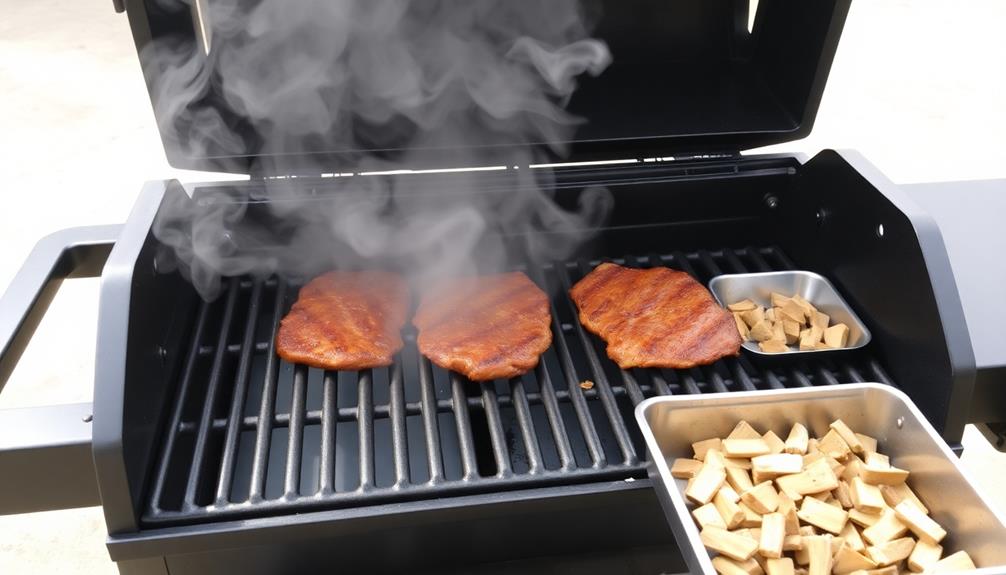
With the right wood chosen, it's time to prepare your smoking chamber. First, you'll want to make sure your smoker is clean and ready to go. Give it a good wipe-down, and check that all the parts are in working order.
Next, you'll need to set up the smoking chamber. If you're using a charcoal smoker, arrange the coals in a way that allows for even heat distribution. For an electric or gas smoker, simply plug it in and turn it on.
Then, add your wood chips or chunks to the designated area. Remember, the type of wood you choose can greatly impact the flavor of your meat.
Once everything is ready, it's time to add your meat. Arrange the cuts in a way that allows for good air circulation, so the smoke can evenly penetrate the meat.
Now, sit back, relax, and let the smoker do its magic. Before you know it, you'll have mouthwatering, perfectly smoked meats to enjoy!
Step 3. Add Rub/Marinade
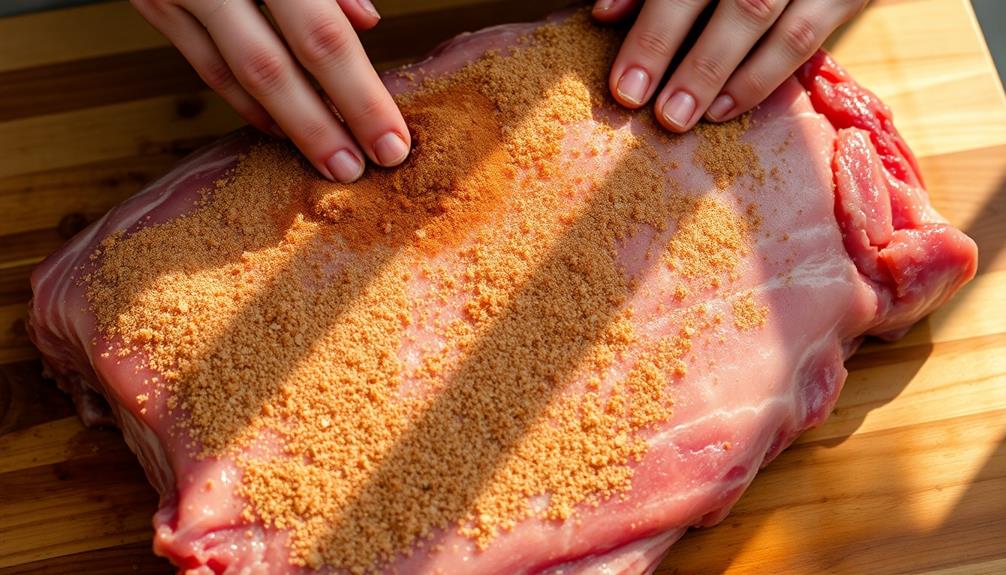
Before placing the meat in the smoker, take a moment to apply a well-thought-out rub or marinade. This extra step can take your smoked meats to the next level!
Rubs are a blend of spices and seasonings that you'll massage right into the surface of the meat. Marinades, on the other hand, are liquid mixtures that you'll let the meat soak in for a while. Both options infuse the meat with tons of delicious flavor.
When choosing a rub, consider your favorite flavors – maybe a savory blend of garlic, onion, and black pepper, or a sweet and smoky combo with brown sugar and paprika.
For marinades, you can get creative with ingredients like citrus juices, soy sauce, herbs, and even beer or wine. Just be sure to let the meat marinate for at least 30 minutes, or up to 24 hours for maximum flavor.
With a flavorful rub or marinade, your smoked meats will be finger-licking good!
Step 4. Monitor Smoking Temperature

Maintaining the proper smoking temperature is paramount to achieving mouthwatering, well-cooked meats. You'll want to keep a close eye on the temperature, making sure it stays within the ideal range for the type of meat you're smoking. An inexpensive meat thermometer is a must-have tool to monitor the internal temperature of your meat and the ambient temperature in your smoker.
As you smoke, aim for a consistent temperature between 225°F and 250°F. This "low and slow" approach ensures your meat cooks evenly and develops that signature smoky flavor.
If the temperature starts to dip, add more charcoal or wood chips to maintain the heat. And if it climbs too high, adjust the vents or open the lid to lower the temperature.
With a little practice, you'll get the hang of keeping that temperature just right. Soon, you'll be serving up tender, juicy smoked meats that'll have everyone coming back for seconds!
Step 5. Enjoy the Smoked Meat Creation
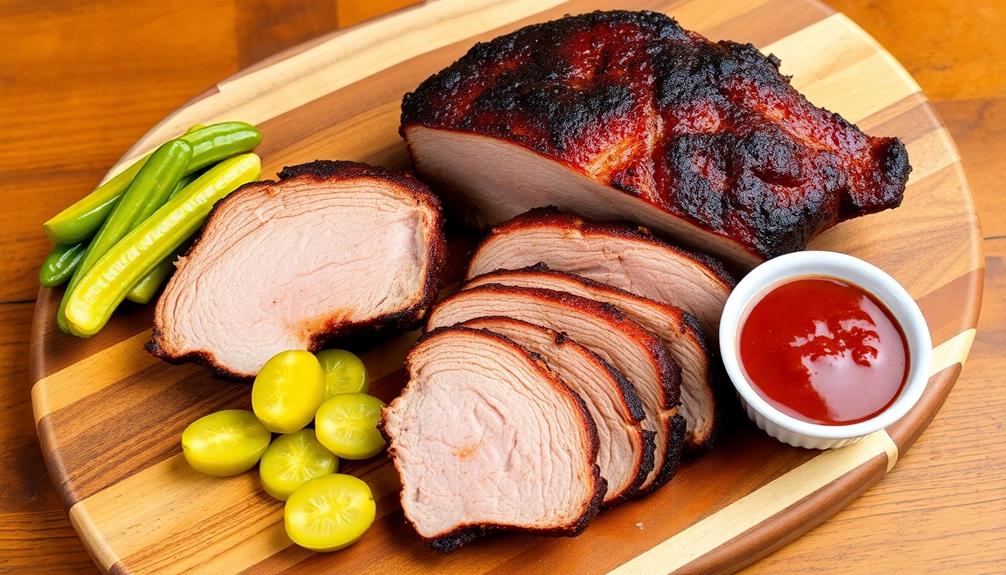
Once your meat has reached the desired internal temperature, it's time to remove it from the smoker and let it rest. This important step allows the juices to redistribute throughout the meat, making every bite absolutely delicious.
While it's resting, you can start preparing the table, getting out your favorite condiments, and gathering your family and friends. They'll be so excited to try your homemade smoked creation!
When the meat is ready, slice or pull it apart, whatever suits the cut you used. Don't forget to baste it with any flavorful juices that have accumulated.
Then, pile it high on a platter and watch your loved ones' faces light up. The smoky aroma will have their mouths watering, and they'll dive in eagerly.
Savor every bite, and don't be shy about going back for seconds! This is the moment you've been waiting for – enjoy the fruits of your labor and bask in the compliments.
Final Thoughts
Smoking meats at home can be a rewarding and delightful experience, but it's essential to keep a few final thoughts in mind.
First and foremost, always prioritize food safety. Maintain proper temperatures, clean your equipment thoroughly, and follow all the necessary steps to prevent foodborne illnesses. Remember, the joy of smoked meats comes not just from the mouthwatering flavors, but also from sharing them safely with your loved ones.
As you continue on your smoking journey, don't be afraid to experiment and find your own unique style.
Try different wood chips, marinades, and seasonings to discover the flavors that truly captivate your taste buds. The beauty of smoking at home is the freedom to customize your creations exactly the way you like them.
Lastly, approach each smoking session with patience and attention to detail.
The art of smoking meats takes time and practice, but the payoff is well worth it. Savor the process, enjoy the aromas, and take pride in the delicious results. Happy smoking!
Frequently Asked Questions
What Is the Best Type of Wood for Smoking Meat?
The best type of wood for smoking meat depends on your personal preference. Hickory and oak are classic choices, offering a rich, smoky flavor, while fruit woods like apple or cherry lend a sweeter aroma. Experiment to find your favorite.
How Long Can Smoked Meat Be Stored?
Properly smoked meat can be stored for up to 4 weeks in the refrigerator or up to 3 months in the freezer. However, storage time depends on factors like the type of meat, smoking method, and how it's packaged.
Can I Use a Regular Grill for Smoking Meat?
Yes, you can use a regular grill for smoking meat. Just set up the grill for indirect heat, add a smoker box or foil packet filled with wood chips, and adjust the vents to maintain low temperatures for slow smoking.
How Do I Clean My Smoker After Use?
After using your smoker, let it cool completely. Remove the grates and ashes, wipe down the interior, and scrub the grates with hot, soapy water. Dry thoroughly before your next use to maintain your smoker's performance.
What Safety Precautions Should I Take When Smoking Meat?
When smoking meat, always wear protective gloves and eyewear to avoid burns. Maintain proper ventilation to prevent smoke inhalation, and never leave your smoker unattended. Properly dispose of ash and hot coals to minimize fire hazards.
